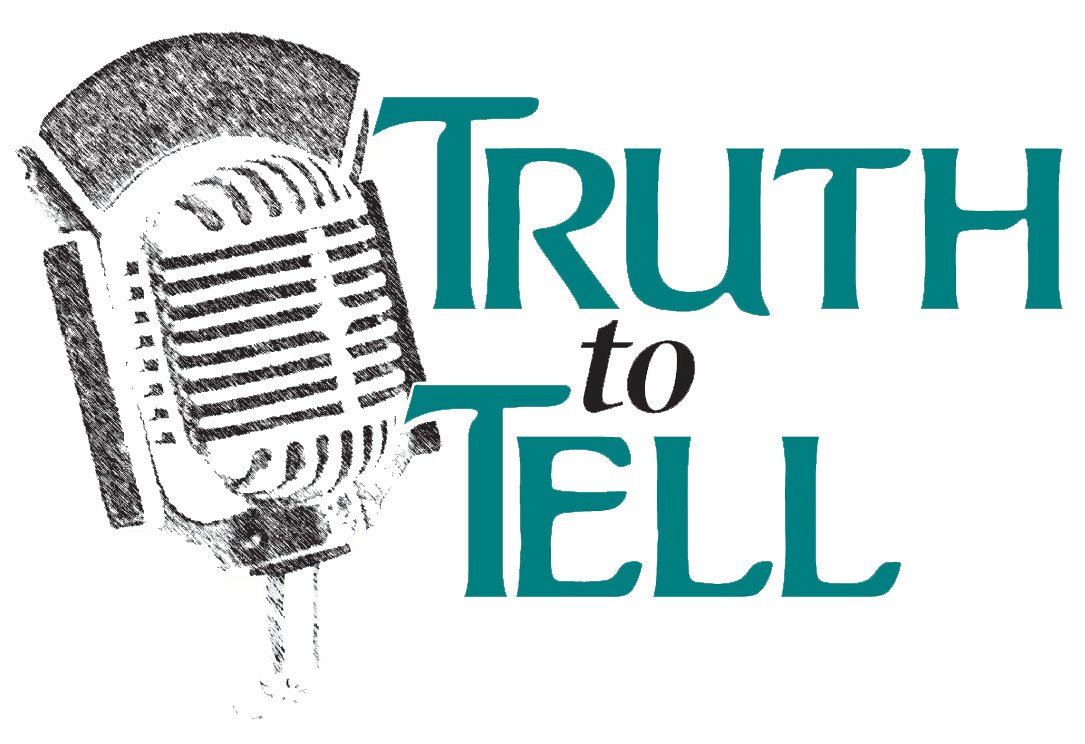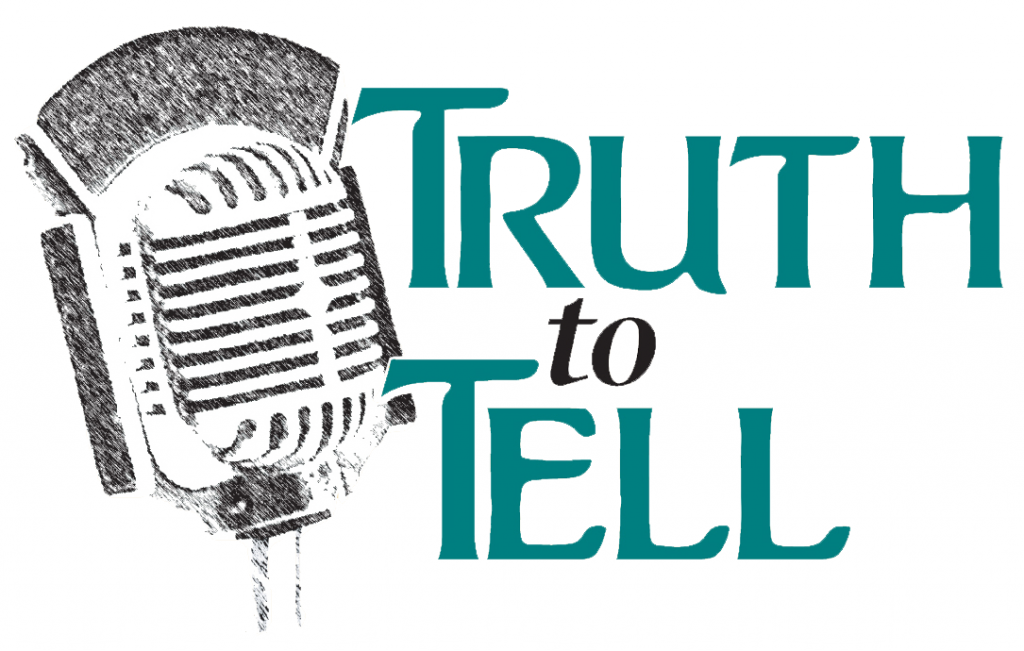HELP US BRING YOU THESE IMPORTANT DISCUSSIONS OF COMMUNITY INTEREST – PLEASE DONATE HERE!
~~~~~~~~~~~~~~~~~~~~~~~
The regulatory functions of this state and this country might be considered backward anywhere else.
Why? Because every other country in the world take the measure of and thus require a permit to operate or install a new plant, a new technology, or an additional operation that would impose some sort of pollution or other impact on the nation’s, state’s or local air, water, or public health and wellbeing before issuing that permit.
Here, the permits are all but a given if the new plant or operation even suggests an economic benefit to the polluter or the state coffers. Oh, it may be possible to insist on an environmental assessment worksheet (EAW) or, in an especially serious case, an environmental impact statement (EIS), but neither of those instruments which could be used to stop a dangerous venture ever serve that purpose. No, they’re almost always used to justify the very operation they were designed to measure.
Money invariably supersedes safety in the regulatory arena in Minnesota and most other states, and the damages done are always assessed after the fact, the burden always placed on the victim(s) to prove in administrative or legal proceedings that they and/or the public have/has been harmed by such operations.
We could go on, but one of the issues now being raised – perhaps a bit late in the game, but raised nevertheless is that of the so-called mandatory conversion of St. Paul’s water meters, currently read electronically by way of a little black panel mounted on the outside of our houses wired to the meter inside, to a new, radio-controlled meter which pulses every 14 seconds and can be read by a drive-by receiver. For some citizens and scientists, this is one electromagnetic signal too many – creating electronic pollution – and these people have descended on the St. Paul Regional Water System (SPRWS) Board to demand either that they halt the installation the 94,000 meters and transmitters (24,000 have already been installed) or that the department give residents the chance to opt-out, including those already in.
These advocates have met a stone wall downtown. The Board, which is chaired by City Councilmember Pat Harris, had already approved these new meters, but, nevertheless held a hearing to listen to presentations by neighborhood activists insisting that the signals produced are dangerous to our health. The department’s General Manager, Steve Schneider, insists that, no matter what some studies may say, they’re within federal and state regulations and the experience of the meter-makers themselves to install them and save money.
What is the science here that make these people crazy and their cats throw up? We know that EMF waves can cause problems, but are these meters a public health nuisance by their size and intensity? Or not?
TTT’s ANDY DRISCOLL will talk with a couple of the advocates and a consultant who insist the science is solid that this is trouble pulsing away in our basements or water meter pits.
GUESTS:
PETRA BROKKEN – Community Advocate
LEO CASHMAN – Community Advocate
DAMON COYNE – Building Biology Environmental Consultant
INVITED, but Unavailable:
STEVE SCHNEIDER – General Manager, St. Paul Regional Water System (SPRWS)


